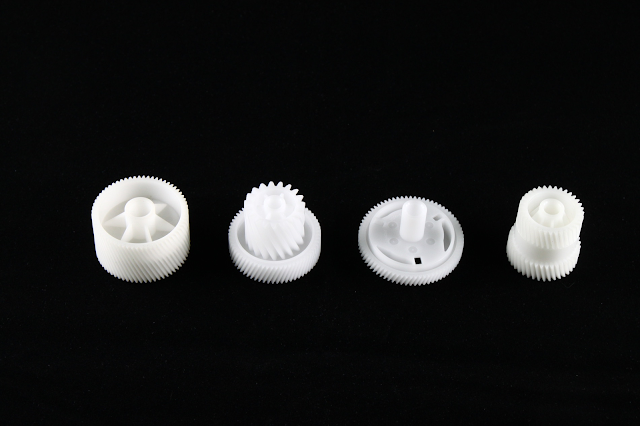Die Casting Parts: Precision and Performance in Metal Manufacturing

Die casting parts are essential components in countless products we use every day—from cars and electronics to appliances and industrial equipment. Thanks to their strength, precision, and efficiency in production, die cast parts have become a backbone of modern manufacturing. What Are Die Casting Parts? Die casting parts supplier are metal components created by injecting molten metal—usually aluminum, zinc, or magnesium—into a steel mold (die) under high pressure. Once the metal cools and solidifies, the part is ejected from the mold, ready for finishing or assembly. This process allows for the production of complex shapes with tight tolerances and excellent surface finishes. Key Benefits of Die Casting Parts 1. High Precision: Die casting delivers highly accurate parts that often require minimal post-processing or machining. 2. Strength & Durability: Die cast parts offer excellent mechanical properties, especially when made from aluminum or zinc alloys. 3. High Volu...














